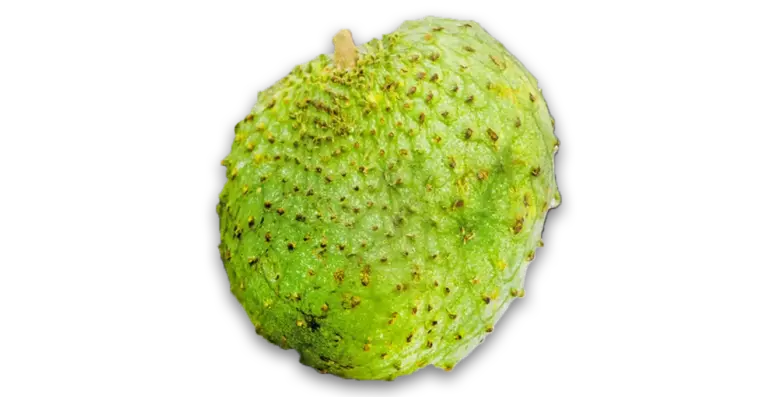
GRAVIOLA or SOURSOP POWDER
Our Graviola or Soursop (Annona muricata) has a high content of acetogenins, a substance that may help treat malignant cells and does not damage healthy tissue. These grow between 0 – 1000 meters above sea level.
At AMAZON ANDES we are producers, suppliers and exporters of organic products derived from Graviola or Soursop (powder, vegetable capsules and dried leaves). We offer wholesale prices for importers and distributors. We are suppliers of the best raw material from the Andean-Amazonian area in Peru.
We have an active certificate by Control Union Peru for USDA-NOP, EUROPE, CANADA and JAPAN. We have FDA certified facilities. We also offer the EOM service or private label for Graviola capsules, powder and dried leaves.
We have HACCP and GMP quality certifications by NSF. Batch certificates of analysis and samples are available.
We are the best supplier alternative from origin. The best amazonian Graviola or Soursop.
ORIGIN OF GRAVIOLA
Graviola also known as soursop (Annona muricata) grows between 0 – 1000 meters above sea level. It has been cultivated since pre-Hispanic times. Representations of its fruit have been found in ceramics from the Chimú Culture.
It was first described by the Spanish historian Gonzalo Fernández de Oviedo y Valdés in 1526 and was spread throughout the world by Spanish explorers. The fruit is grown commercially throughout tropical America.
It is a fruit from a tree native to South America, which grows spontaneously from southern Mexico to Brazil and is presumed to have had its center of origin in Colombia or Peru. It was one of the first plants brought to Europe after the discovery of America.
It is a plant native to the tropical zone of South America. Soursop leaves contain active principles known as annonaceas acetogenins, they could have properties superior to that of ADRIAMYCIN recognized antitumor.
TRADITIONAL USE OF GRAVIOLA
BENEFITS OF GRAVIOLA OR SOURSOP
ADJUVANT AGAINST CANCER
Graviola leaves can inhibit cancer cells and help in cancer treatment. In fact, research has shown that Graviola has an active ingredient that is 10,000 times more powerful than chemotherapy in fighting cancer cells. In this way, graviola leaves could treat different types of cancer, including prostate, lung and breast cancer. Annonaceae acetogenins are waxy substances resulting from the combination of long chain fatty acids (C33 or C34) with a 2-propanol unit at carbon 2 to form a lactone. A study conducted at Pardue University in California showed that acetogenins can selectively inhibit the growth of cancer cells and also inhibit the growth of tumor cells resistant to Adriamycin (chemotherapeutic drug). In another study carried out by scientists from the same University, it was shown that soursop (graviola) acetogenins are extremely potent, having an ED50 (lethal dose 50) of up to 10 – 9 micrograms per milliliter, resulting in about 10,000 times the potency of Adriamycin.
AGAINST DIABETES
The limit of normal sugar levels ranges from 70 mg to 120 mg. The nutrients in Graviola leaves are believed to stabilize blood sugar levels in the normal range. Also, soursop leaf extracts can be used as one of the natural remedies for diabetes. All this makes these leaves beneficial for diabetics.
STIMULATES THE IMMUNE SYSTEM AND INFECTIONS
The nutrient content of graviola leaves is believed to boost the immune system and ward off infections in the body.
AGAINST ECZEMA
Graviola leaves can treat eczema naturally. You can puree the graviola powder and apply it on the affected areas twice a day regularly. This will help ease the pain caused by eczema in addition to treating it.
OTHER BENEFITS
In addition to the benefits mentioned above, graviola leaves are extremely effective in inhibiting the growth of bacteria, viruses, parasites, and tumor development. Its healing properties make it capable of being used as an anti-seizure medication. They are also capable of reducing fever and lowering high blood pressure. They help in treating inflammation and swelling of the feet. They help digestion and improve appetite. Soursop leaf consumption on a regular basis helps to improve resistance and facilitate quick recovery from diseases.
USE OF GRAVIOLA
In capsules it is recommended to consume 6 capsules a day divided into three doses and in tablets 5 units a day.
Traditionally, the graviola leaves are consumed in decoction or plasters, for various diseases, since ancient times the inhabitants consume 3 to 4 cups a day of the infusion of the leaves.
SIDE EFFECTS AND CONTRAINDICATIONS OF GRAVIOLA
Use caution in people with arterial hypotension. Contraindicated for people taking antihypertensives. Consult your doctor before taking any graviola product to have your blood pressure checked in order to adjust the dose to your needs.
Products derived from graviola extracts could cause some sedation or drowsiness.
Avoid use by pregnant women. It could be counterproductive for pregnancy. Prolonged use could lead to the elimination of beneficial bacteria present in the digestive tract.
Given in very large amounts, graviola-based medications could cause nausea or vomiting.
OUR CERTIFICATIONS
Our brand has the following specifications.